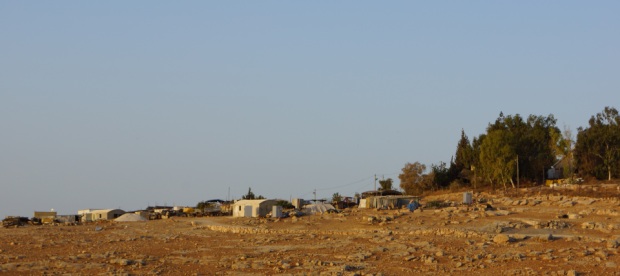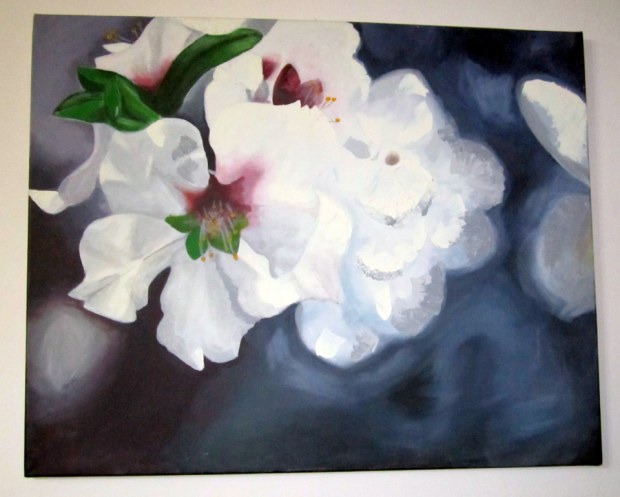
Evicted Zuheira, Amal and Amal’s son
Note: This article originally appeared on the The Jewish Pluralist website. (I sent a penultimate draft from Hebron, so this represents a corrected draft.)
Shopkeepers in Hebron now address me respectfully as ‘Amti, or “Auntie”—a title that means I am not elderly, but well, matronly. And it means that I have worked in Hebron for a full generation—twenty years, minus the five that the Israeli government decided to deny me entry into Palestine.
In 1995, my organization, Christian Peacemaker Teams, responded to an invitation from the Hebron Municipality to address the violence of the Hebron settlers in the Old City for a period of five months beginning in June At the time, people believed there was a realistic chance Prime Minister Yitzhak Rabin would remove the Hebron settlers and an actual plan existed to redeploy the Israeli military from Hebron at the end of the summer.
Every Saturday afternoon, at about the same time settlers would attack Palestinians, their homes, shops and cars on a short length of Shuhada Street—formerly the main street of Hebron—referred to as Dubboya Street. Our main focus of that first summer of 1995 was to spend Saturdays on Dubboya documenting settler intimidation of Palestinians there and if possible, intervening to prevent violence.
Yigal Amir assassinated Yitzhak Rabin in November 1995. It turned out that Amir was behind many of those attacks on Dubboya Street and for a time, much of the settler violence subsided. Our focus shifted to home demolition and land confiscation in the late 1990s and then the Second Intifada exploded and gun battles in the streets of Hebron became a nightly occurrence. The stipulations of the Oslo Accords that Shuhada Street remain open to all traffic—stipulations never respected by the Israeli government… well, by that time everyone agreed Oslo was dead.
This week, our team received a call that the Israeli military was evicting an elderly woman and her daughter from their home on Dubboya Street. As is often the case in fraught situations like these, it took us awhile to get all the facts right. The police said that someone had thrown Molotov cocktails from the women’s roof, but they had given the women no warning before they sealed their home. They said they should have known someone was throwing Molotov cocktails from their roof. And while soldiers were welding their home shut they laughed and settlers taunted them.
We posted an album of photos and our basic understanding of the story on Facebook and our website. And then the comments exploded. On our Facebook page, people kept posting this video, which they say proved the daughter was encouraging her mother to cry on cue, although when my teammates got there they tell me the women were genuinely distraught. JewishPress.com framed the video with an incredibly factually inaccurate piece entitled, “What gets a foreign anarchist up in the morning.” No, we’re not all anarchists and no, we’re not trying to settle in the abandoned buildings.) If you want to know the facts of the story, see this video by Hebron Defense Committee member and Al Haq researcher Hisham Sharabati.
I went to visit the two women the next day. The older Zuheira was depressed and tired, her daughter, smiling and energetic. I don’t know why she was smiling in the video. My bad photo of the two of them seems to indicate that it seems to be her natural disposition.

Doors Welded Shut on Dubboya Street
I do know this: In 1995, even though many shops on Dubboya Street had already closed due to settler and soldier harassment, some were still open. Many people still lived there. Palestinian cars were still able to drive on it. And today, when you walk on the street, door after door after door is welded shut. As Hisham notes in the video, settlers have broken into the backs of the shops to steal the electricity. Most of the families have moved out. The settlers have largely won the battle for Dubboya Street by a process of attrition.
So don’t tell me that Zuheira was crying over fake losses. The Palestinians of Dubboya Street have seen nothing but loss for the last twenty years. And I find it disgusting that people are trying to score propaganda points off the tears of an old woman who has just been evicted with no warning or due legal process.

Dubboya Street




You must be logged in to post a comment.